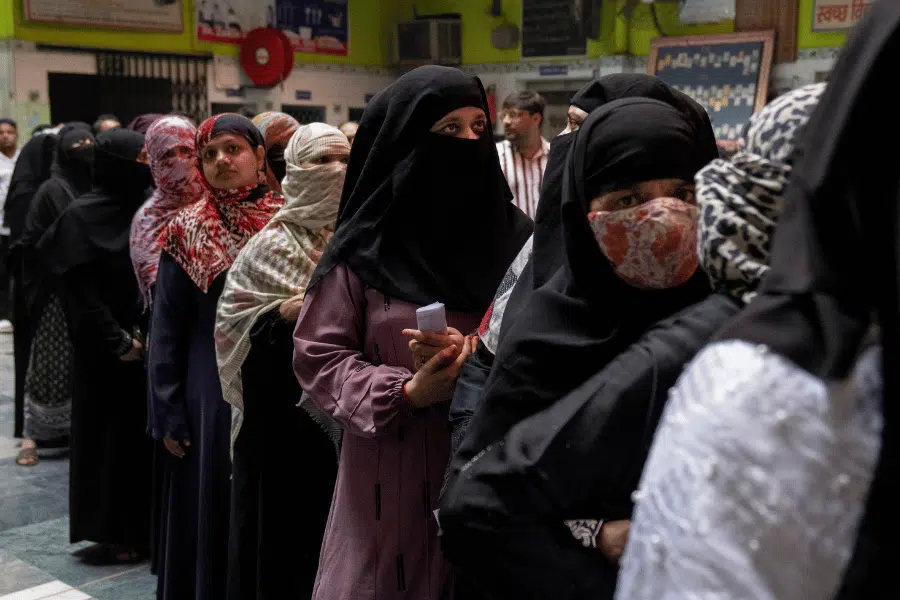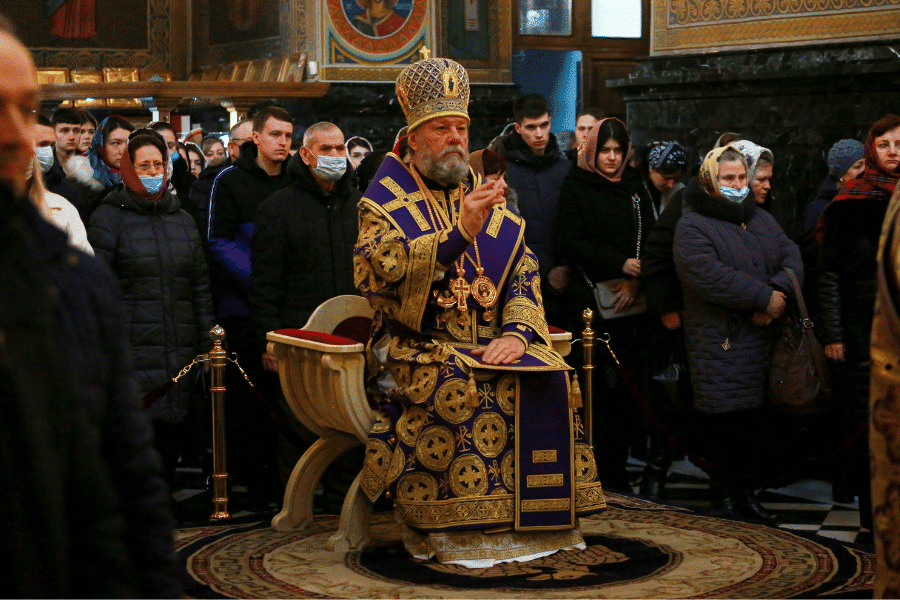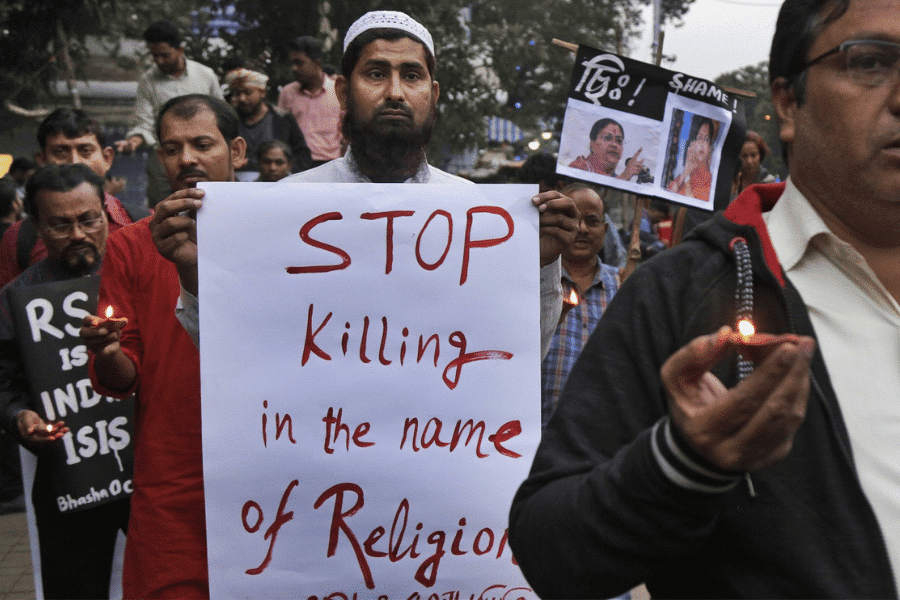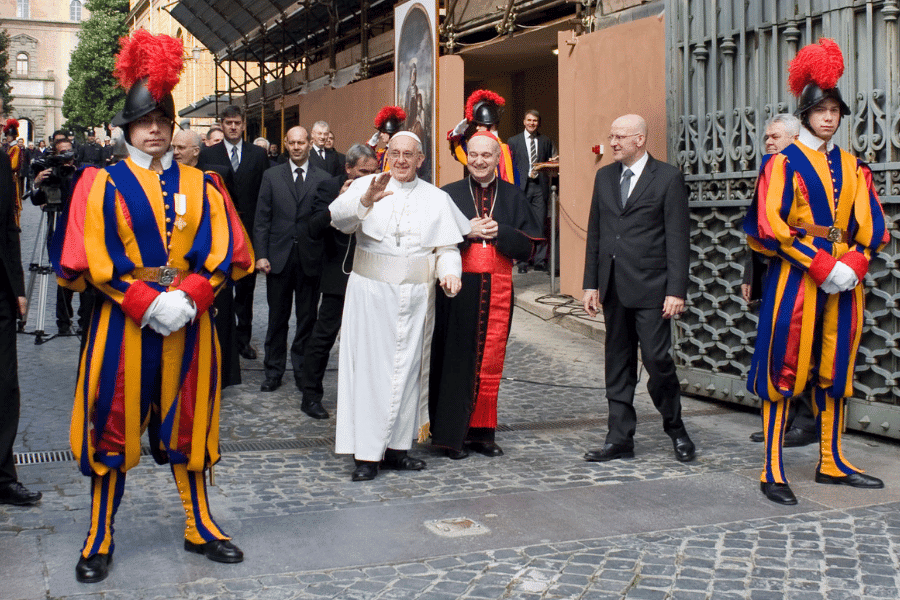I knew every word to the saddest songs on my playlist. Not because I loved music, but because depression had become my language. I was 14, lying in my room with my family just beyond the door, close enough to hear their voices, far enough that they might as well have been in another country.
I had been expelled from school months earlier. “Disciplinary issues,” they called it. My family’s disappointment sat heavy in our home, unspoken but everywhere. We lived together, ate together, but there was no closeness, no one I could talk to.
I tried to find help. I downloaded mental health apps, desperate for someone, anyone, to talk to. Every single one wanted money: subscriptions, fees, payments I couldn’t afford. I stared at those payment screens feeling like I was drowning, watching help float just out of reach.
That’s when the screen became my only escape. It started two years earlier, in Primary 6, when house workers casually showed me explicit images on their phones. I was just a child; curious, confused, not understanding what I was seeing. Then it continued at school with friends, and something awakened in me that I didn’t know how to name or control.
Now, alone and depressed, pornography became my refuge. Not because it made me happy, but because for a few minutes, it made me feel something other than suffocating sadness. It was free. It was always available. And unlike everyone in my life, it didn’t judge me.
A cycle begins
I didn’t wake up one morning and decide to be addicted. At first, it felt harmless, a way to escape. I told myself, It’s just this once. I’m in control. But addiction is a liar. Soon, it wasn’t me making the choices, the choices were making me.
I became a professional actor: smiling, joking, saying “I’m fine.” Inside, I was drowning. Mornings brought disgust and broken promises. “This is the last time,” I would whisper. By evening, I was back in the same cycle.
Being a Christian made it worse. How could I worship on Sunday and fall back into the same pit during the week? I carried my Bible with trembling hands, wondering: Does God still want me? Is He tired of forgiving me?
What made everything harder was the silence; not just mine, but from my entire community.
In many African homes, conversations about struggles don’t happen. Children are raised to “be strong,” “obey,” and “not bring shame.” So, when addiction creeps in, we already know: I can’t tell my parents because we know the response is often punishment and disappointment rather than compassion and feeling secure.
The things we don’t discuss
My family was no different. We shared meals, went to church together. But I couldn’t tell them about the depression that made me want to die, or the addiction consuming me. Not because they were cruel, but because we’d never learned how to talk about things that hurt.
In many communities, struggles like pornography are labeled as spiritual weakness rather than human pain. Youth are told to “pray harder” while root wounds remain untouched. Girls especially face pressure to be “good daughters” because any confession can bring family shame.
After my expulsion, I carried not just my own shame, but my family’s disappointment, the fear of being labeled a failure, the burden of disgrace.
Addiction thrives in that silence. It feeds on fear; fear of punishment, of shame, of losing respect. So, we hide behind grades, church attendance, fake smiles. Inside, we are prisoners.
For Christians struggling with addiction, the battle isn’t linear. One day you pray and feel close to God; the next, guilt crashes down. You confess, repent, hope but relapse comes again. I can’t get free. I’m weak. I keep failing.
Faith meets struggle.
Each fall reinforces the lie that you’re beyond redemption. You watch others grow in faith and compare your hidden failures to their visible victories. The church can make this harder. Fear of gossip or rejection stops you from seeking support. If they knew, would they still respect me?
I struggled with this constantly. Sundays brought worship and hope. By Tuesday, I’d be back in the cycle, convinced I’d disappointed God one too many times. Everyone seemed to have faith figured out while I failed again and again.
It’s strange having a full contact list but feeling completely alone. People assume you’re fine. “You’re always smiling,” they say. That image becomes a trap. If you break the mask, they might judge.
The worst I’ve discovered is that the more people around you, the lonelier you feel. Addiction thrives in isolation. Your mind becomes a battlefield of self-condemnation and guilt. You wonder if anyone could love you as you are not as the image you show.
When you reach out, friends often laugh it off or assume you’re exaggerating. Each failed attempt reinforces that isolation is safer than vulnerability. Trust issues build. You question whether anyone can handle your truth.
Small steps forward
I haven’t stopped struggling. But I’ve discovered steps that help me keep moving forward. God’s presence never left me, even when I couldn’t feel it. Even in the darkest moments, there was a whisper: You are not finished. I’m still here.
I’ve learned to pray honestly. One night I prayed: “God, I’m tired. I failed again.” That messy prayer brought relief. God doesn’t need eloquence, He wants honesty.
Scripture became my anchor: “My grace is sufficient for you, for my power is made perfect in weakness” (2 Corinthians 12:9). These words remind me that weakness doesn’t disqualify me.
I’ve sought godly friendship. Sharing my struggle with a mentor brought prayer, guidance, and relief I hadn’t felt in years. Accountability isn’t about judgment; it’s about having allies who speak truth when you’re too weary.
I celebrate small wins: resisting harmful content one morning, admitting a relapse to a friend, choosing honesty over shame. These moments prove God is working, even if change feels slow.
Most importantly, I keep returning to God. After rough weeks, I kneel and whisper, “I’m here again, God,” and find quiet peace. The journey isn’t linear, but persistent return is how healing begins.
Lessons and hope
Silence makes struggle worse; speaking lifts the burden. Faith doesn’t remove struggle, but gives hope and a path forward. Vulnerability is strength. Grace works in the mess. Small wins matter.
If you feel trapped by addiction, shame or loneliness: you are not alone, and your story isn’t finished. God sees every hidden struggle, every tear, every relapse, every moment you’ve smiled while breaking inside. His love is stronger than any fear or guilt you carry.
Change may be slow. You may stumble again. But every honest step toward God, every whispered prayer, every confession is victory. The times you felt weakest may be when God was shaping your heart for strength.
Do not be discouraged by setbacks. Healing is a process. God’s timing is perfect, his grace persistent. You are not defined by your struggles; you’re defined by the God who pursues you relentlessly and turns brokenness into testimony.
To my fellow young Africans carrying battles in silence: I see you. Your pain is real. The silence in your home is real. But so is God’s grace, the possibility of healing, and the chance that your story could be the hope someone else needs.
I am still on this journey. There are days when old habits call, when depression threatens, when I feel eight years of struggle. But I’m learning that every day I turn back to God, I choose life over death, hope over despair, truth over silence.
Remember: hope is not passive. It’s a daily choice to trust that God sees you, values you and has a purpose for you. Your story is not over. It is still being written, and your struggles are chapters, not the conclusion. Break the silence. Reach out. Trust that there is grace enough for every fall, love enough for every shame and hope enough for every tomorrow.
You are not alone.
Questions to consider:
1. Why might someone turn to media, like pornography, as a way to escape depression or loneliness?
2. Why do you think media addiction is so difficult to break from?
3. If you knew of someone with an addiction, how might you help them free themselves from it?






